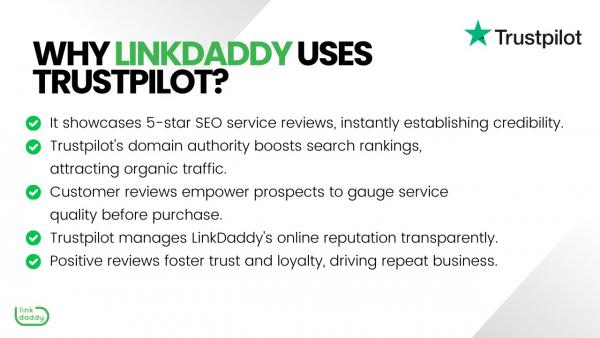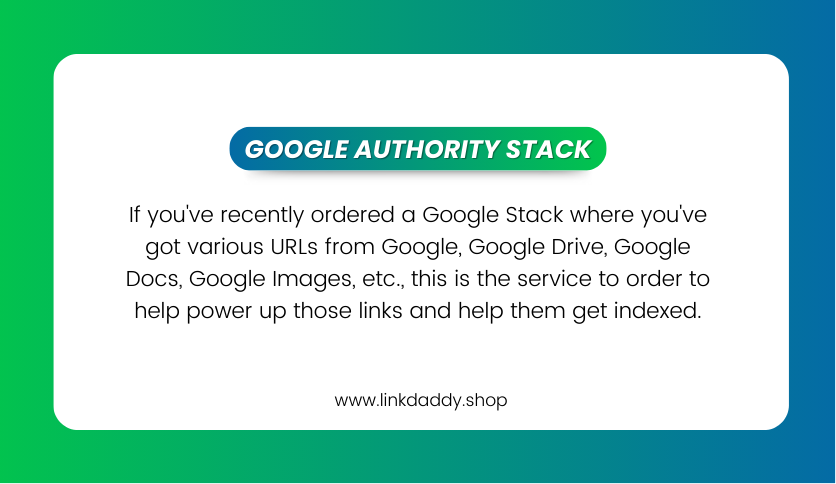LinkDaddy Cloud Services Press Release: Exclusive Announcements
LinkDaddy Cloud Services Press Release: Exclusive Announcements
Blog Article
Understanding the Different Kinds Of Cloud Providers and Their Uses
In today's electronic landscape, the realm of cloud computing uses a diverse selection of solutions that cater to the demands of organizations and individuals alike. From Facilities as a Service (IaaS) to Software Application as a Solution (SaaS), each kind of cloud solution serves an one-of-a-kind function and provides distinctive benefits. Comprehending the distinctions between these different cloud models is crucial for enhancing operations, boosting scalability, and guaranteeing cost-efficiency in a significantly interconnected world. By checking out the nuanced performances and applications of each cloud solution, one can navigate the intricacies of cloud computer with accuracy and insight.
Facilities as a Solution (IaaS)
Framework as a Service (IaaS) gives users with virtualized computing sources over the web on a pay-as-you-go basis. This cloud computer model delivers essential IT infrastructure such as virtual machines, storage, and networking without the need for organizations to buy and manage physical servers and information centers. With IaaS, customers can scale resources up or down based on their demands, providing versatility and cost-efficiency.
Among the essential advantages of IaaS is its capability to quickly provision and deploy facilities elements, allowing businesses to respond quickly to altering demands and market problems. By outsourcing facilities monitoring to the company, organizations can concentrate more on their core service tasks instead of dealing with the intricacies of equipment upkeep and upgrades.
In addition, IaaS uses a high degree of reliability and safety and security, with carriers generally supplying durable data backup, disaster recovery, and cybersecurity procedures. This assists guarantee that crucial business operations remain continuous and information stays secured versus potential hazards. linkdaddy cloud services press release. In general, Framework as a Service improves IT operations, enhances scalability, and minimizes capital investment for businesses of all dimensions
System as a Solution (PaaS)
Structure upon the foundation of Infrastructure as a Service (IaaS), System as a Solution (PaaS) provides a comprehensive setting for programmers to create, release, and manage applications without the complexities of underlying facilities management. PaaS supplies a system with tools and services that streamline the growth procedure, permitting designers to concentrate on composing code and building applications rather than taking care of infrastructure worries.

Software Application as a Service (SaaS)
Software Application as a Solution (SaaS) transforms the means businesses access and use software applications by using them on a subscription basis with cloud providers. This cloud computer version removes the demand for organizations to set up and maintain software application on private devices, as whatever is hosted and managed centrally in the cloud.
SaaS gives an affordable service for businesses as they just pay for the software application they utilize without the included expenses of hardware upkeep or software application updates. It also uses scalability, permitting firms to conveniently change their software requirements based on their needs.
In addition, SaaS applications can be accessed from any kind of gadget with a web resource link, promoting collaboration and flexibility among remote teams. Security is a top priority in SaaS, with carriers applying durable measures to protect data stored in the cloud.
Popular examples of SaaS consist of client relationship management (CRM) software program like Salesforce, productivity tools like Microsoft Office 365, and partnership systems like Google Workspace. SaaS proceeds to acquire traction in business globe because of its cost-efficiency, convenience, and scalability.
Function as a Service (FaaS)
With the development of cloud solutions like Software application as a Solution (SaaS) streamlining software application delivery, Function as a Solution (FaaS) represents a paradigm change in how code is carried out in a serverless atmosphere. FaaS permits developers to write and implement specific functions or pieces of code in response to particular occasions without the need to Get More Info handle the infrastructure. This serverless computing design allows developers to concentrate solely on creating code to apply details capabilities, without concerning themselves with the underlying framework or server management.
One of the crucial advantages of FaaS is its ability to scale automatically based upon the incoming work. Features are implemented in stateless containers that are spun up and down as required, guaranteeing optimum resource use and cost-effectiveness. FaaS is especially useful for event-driven and microservices styles, where code execution is triggered by occasions such as HTTP requests or data source updates. By abstracting the facilities layer, FaaS streamlines growth, accelerates time to market, and enhances total dexterity in deploying cloud-native applications.
Storage Space as a Solution (STaaS)
A basic part in cloud computer, Storage space as a Service (STaaS) gives customers with a scalable and reliable remedy for managing information storage demands. STaaS enables companies to store and retrieve information from remote web servers via the net, removing the requirement for on-premises hardware. This solution supplies flexibility by making it possible for customers to pay just for the storage space they use, making it a cost-efficient remedy for organizations of all sizes.

STaaS is especially valuable for organizations with rising and fall storage space needs, as it offers a safe and trustworthy storage solution without the requirement for considerable ahead of time investments. By leveraging my blog STaaS, organizations can improve their data management procedures, enhance accessibility, and boost information safety in a cost-effective fashion.

Final Thought
In conclusion, understanding the various types of cloud services and their usages is vital for organizations and individuals looking to utilize the benefits of cloud computing. By utilizing the appropriate cloud service, organizations can improve their effectiveness, scalability, and adaptability in handling their IT framework and applications.
From Facilities as a Service (IaaS) to Software Program as a Solution (SaaS), each type of cloud solution offers an one-of-a-kind purpose and provides distinctive benefits. Cloud Services. By discovering the nuanced performances and applications of each cloud solution, one can browse the complexities of cloud computer with precision and foresight
With the advancement of cloud solutions like Software as a Solution (SaaS) streamlining software program delivery, Function as a Service (FaaS) represents a paradigm shift in how code is executed in a serverless environment.In verdict, understanding the various kinds of cloud services and their uses is crucial for businesses and people looking to utilize the advantages of cloud computer. By using the right cloud solution, companies can boost their performance, scalability, and flexibility in handling their IT infrastructure and applications.
Report this page